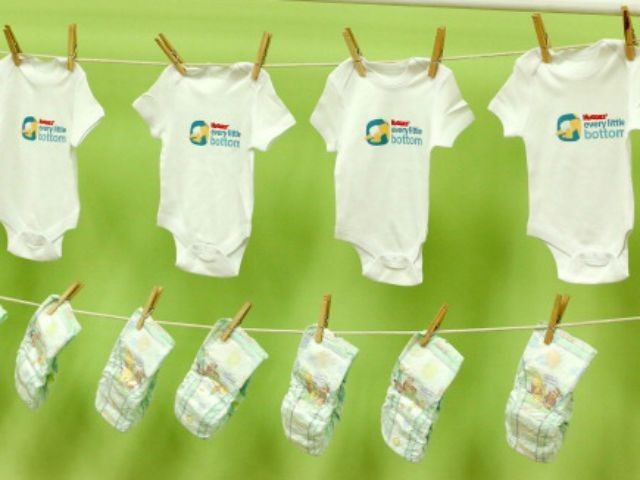Hispanics account for the majority of U.S. population growth, with nearly 25 percent of all infants now being born to Hispanics, according to a new report from the University of New Hampshire’s Carsey School of Public Policy.
With Hispanics driving population growth, the Carsey School researchers highlight that Hispanic infants are nearly 2.8 times more likely than non-Hispanics to be born into poverty.
“Today, over 5.4 million U.S. Latino children live in poverty, a number that exceeds the number of poor white children and the number for every other racial or ethnic minority group,” the report reads. “Latino children comprise 23.1 percent of America’s children but 37.3 percent of its poor children.”
Hispanic fertility rates are 20 percent higher than non-Hispanics. However, according to the researchers, the poorest, least educated women — “for example non-citizens or non-English speakers” — disproportionately contribute to the number of Hispanic births.
The areas with the highest Hispanic fertility, the report notes, are those regions considered destinations for immigrants.
“High rates of Hispanic fertility in nonmetro areas are driven largely (but not entirely) by the high fertility of Mexican-origin Hispanics, who tend to be the least educated and skilled, and who typically have poverty rates well in excess of the native-born white population,” the report reads. “Hispanic fertility rates are particularly high in the new destinations that are receiving significant net inflows of Hispanic migrants.”
The fertility phenomena is contributing to significant demographic shifts where researchers expect younger, poorer Hispanics to the overtake the older, non-poor white population.
“This racial and ethnic transformation will occur first and most rapidly in today’s established and new Hispanic boomtowns, which are rapidly diversifying from the ‘bottom up,’” the report reads.
According to the Carsey School researchers, Hispanic mothers disproportionately have high indicators for poverty. For example, one in four begin childbearing in their teens, 70 percent have a high school education or less, and 40 percent are unmarried.
“Poverty risks are also higher among infants with foreign-born mothers and those with limited English. Hispanic infants are much more likely to have foreign-born mothers (52 percent), and those who do have a poverty rate of 38 percent. A disproportionately large share (12 percent) of Hispanic infants also have mothers who speak no English or poor English compared to all mothers (3 percent),” the report reads. “Poverty rates are exceptionally high for Hispanic infants whose mothers have limited English (52.4 percent).”
The report takes issue with the fact that just half of the the families of poor Hispanic children are on food stamps and just 12 percent are accepting other forms of welfare, arguing that it reflects an unmet need.
“Poverty among recent Hispanic infants clearly raises the specter of new rural Hispanic ghettos and growing physical, social, and cultural isolation from the mainstream,” the researchers conclude.
“The results suggest that the prospect of full incorporation into American society is jeopardized for many Hispanic infants. Indeed, our analysis reveals especially large disadvantages among rural Hispanic infants and those in new destinations. The substantive implication is that the lack of income from work and government (for example, cash assistance) in new destinations is experienced disproportionately by Hispanics,” the researchers add.

COMMENTS
Please let us know if you're having issues with commenting.